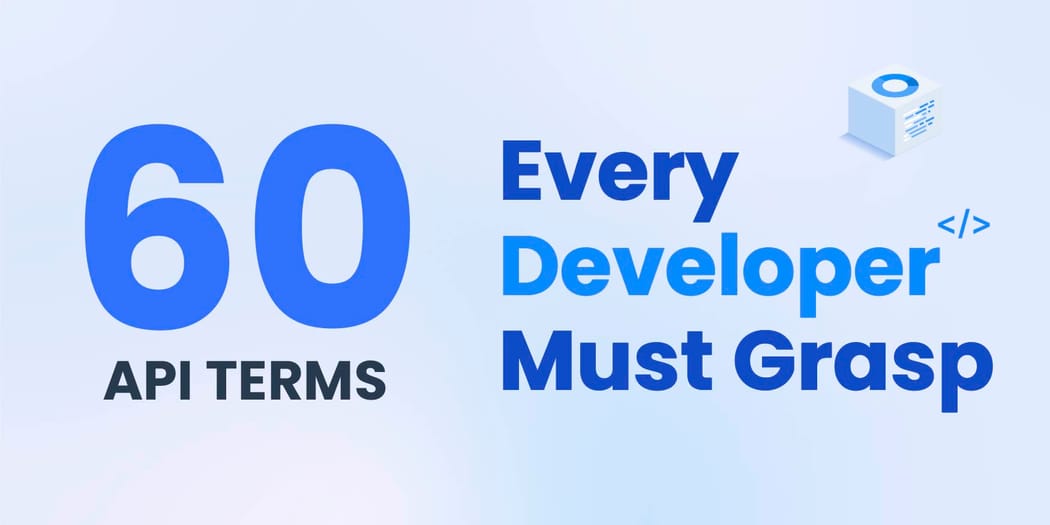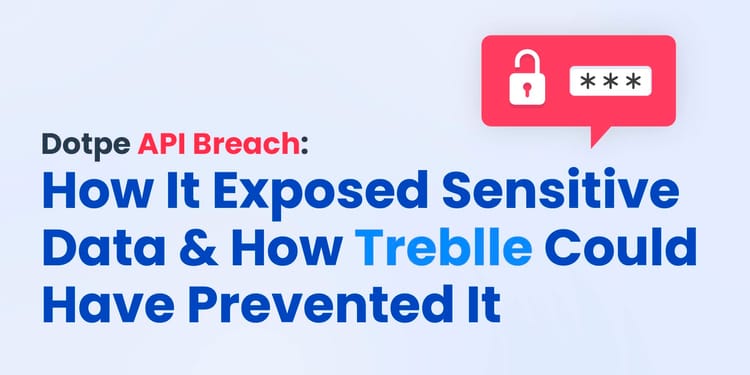APIs play a crucial role in modern software development, enabling smooth communication and interaction between different applications, services, and platforms.
As technology continues to evolve, it becomes increasingly important for developers to have a deep understanding of essential API terms. This understanding is vital for creating robust, interoperable, and scalable solutions.
In this series, our goal is to provide developers with the knowledge and insights they need to navigate the intricacies of API design, integration, and management.
The Basics of APIs

Request
When you interact with an API, you send a request, similar to placing an order at a restaurant. You specify what you want, such as retrieving data or performing an action.
Endpoint
An endpoint is a specific URL where an API can be accessed. It's comparable to the address of a particular dish on a restaurant's menu. For instance, { "content": "", "format": "text/plain" } could be an endpoint used to fetch user data.
API (Application Programming Interface)
An API is like a bridge that enables different software systems to communicate with each other. It acts as a menu in a restaurant, allowing you to view various options (endpoints) and place your order (send a request) to obtain the desired dish (response).
import requests
response = requests.get('https://api.example.com/data')Response
Once you've made a request, the API sends back a response, much like a server delivering your order from the restaurant's kitchen. The response contains the data or confirmation of the action you requested.
import requests
response = requests.get('https://api.example.com/data')
data = response.json()Data Formats
JSON (JavaScript Object Notation)
JSON is a popular data format used in APIs for transmitting data. It serves as a universal language understood by everyone at the restaurant – clear, concise, and easy to work with.

XML (eXtensible Markup Language)
XML is another data format for transmitting data. It's like an older dialect at the restaurant – still understood by some, but not as popular as JSON.

XML vs JSON
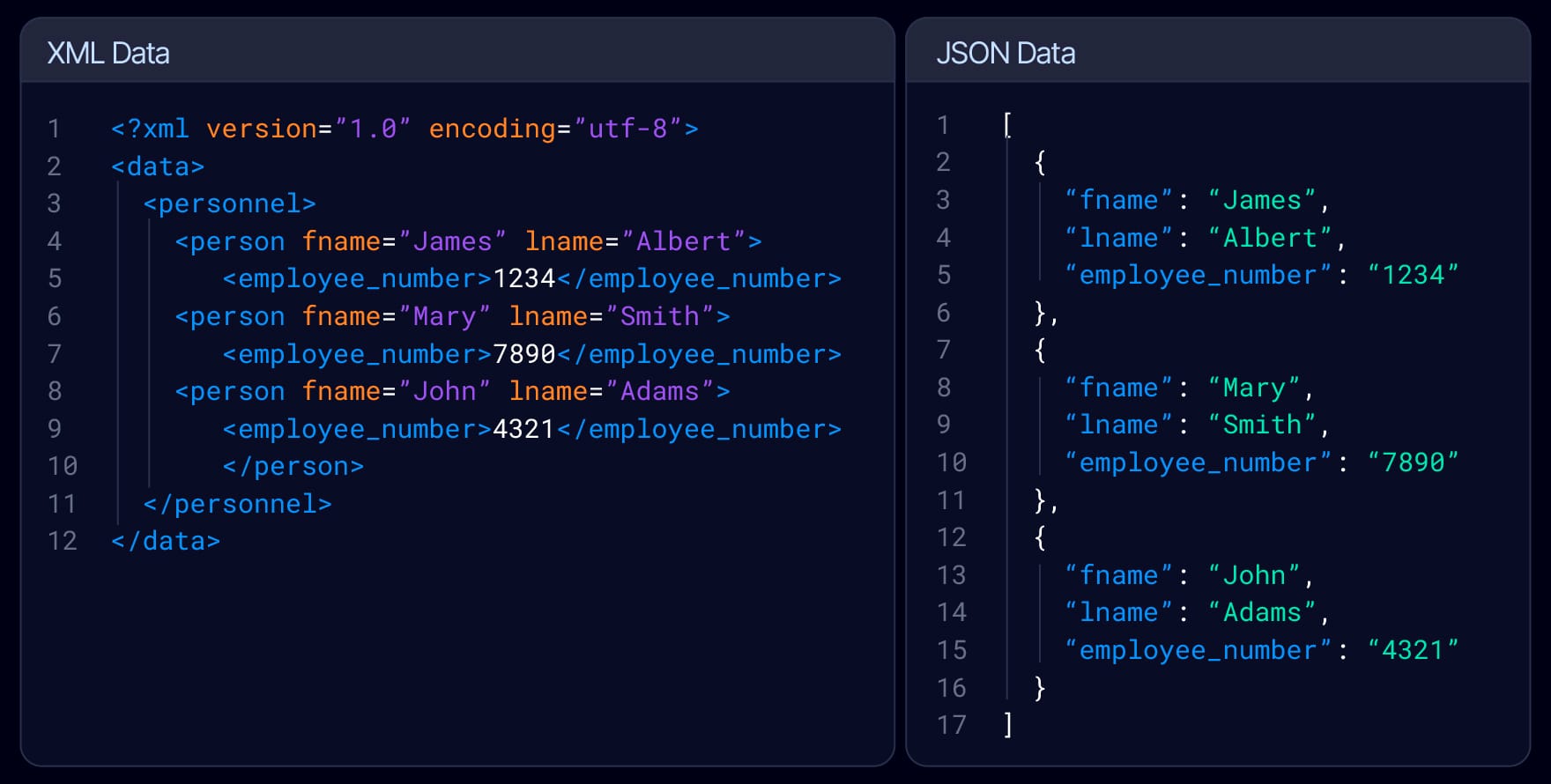
Security Tokens
OAuth
OAuth is an open standard for access delegation commonly used as a way for Internet users to grant websites or applications access to their information on other websites but without giving them the passwords. In a restaurant, it's like using a trusted third-party delivery service to bring food from your favorite restaurant to your doorstep without sharing your home address.
JWT (JSON Web Token)
A JSON Web Token is a compact, URL-safe means of representing claims to be transferred between two parties. In a restaurant, it's like a personalized voucher that grants access to exclusive dishes or services.
API Security
API security involves implementing measures to protect APIs and their associated resources from unauthorized access, data breaches, and other security threats. In a restaurant, it's like the staff ensuring that only authorized customers are allowed entry and that customer data is kept safe and confidential.
To Read More about API Security and its best practices, check blogs here
Authentication
APIs often require authentication to ensure that only authorized users can access them. It's like showing your ID at the restaurant to prove that you're allowed to place an order.
const token = jwt.sign({ user: 'username' }, 'secretkey');API Key
An API key is a unique identifier that developers use to authenticate themselves when interacting with an API. It's like your membership card at the restaurant – granting you access to special dishes.
HTTP Methods

GET
The GET method is used to request data from a specified resource. It's like asking for the restaurant menu to see what's available.
import requests
response = requests.get('https://restaurant.com/menu')POST
The POST method is used to send data to the server to create a new resource. It's like placing a new order at the restaurant.
import requests
response = requests.post('https://restaurant.com/menu', json={"dish": "Pizza", "qty": 3})PUT
The PUT method is used to update a resource on the server. It's like asking the restaurant to change your order from medium to large.
import requests
response = requests.put('https://restaurant.com/menu', json={"dish": "Pizza", "qty": 1})DELETE
The DELETE method is used to delete a specified resource. It's like asking the restaurant to remove a dish from your order.
import requests
response = requests.delete('https://restaurant.com/menu/dish/Pizza')Status Codes
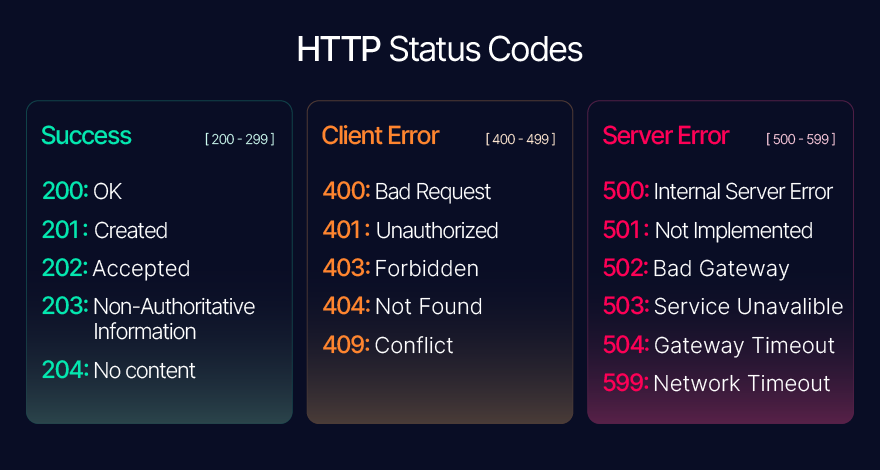
404 Not Found
This status code indicates that the requested resource could not be found on the server. It's like being told at the restaurant that the dish you want is not available.
200 OK
This status code indicates that the request was successful, and the server returned the requested data. It's like receiving your order from the restaurant without any issues.
401 Unauthorized
This status code indicates that the request has not been applied because it lacks valid authentication credentials. It's like being denied entry to the restaurant because you forgot your membership card.
API Documentation
Webhooks
Webhooks are user-defined HTTP callbacks triggered by specific events. It's like asking the restaurant to notify you when a new dish is added to the menu.
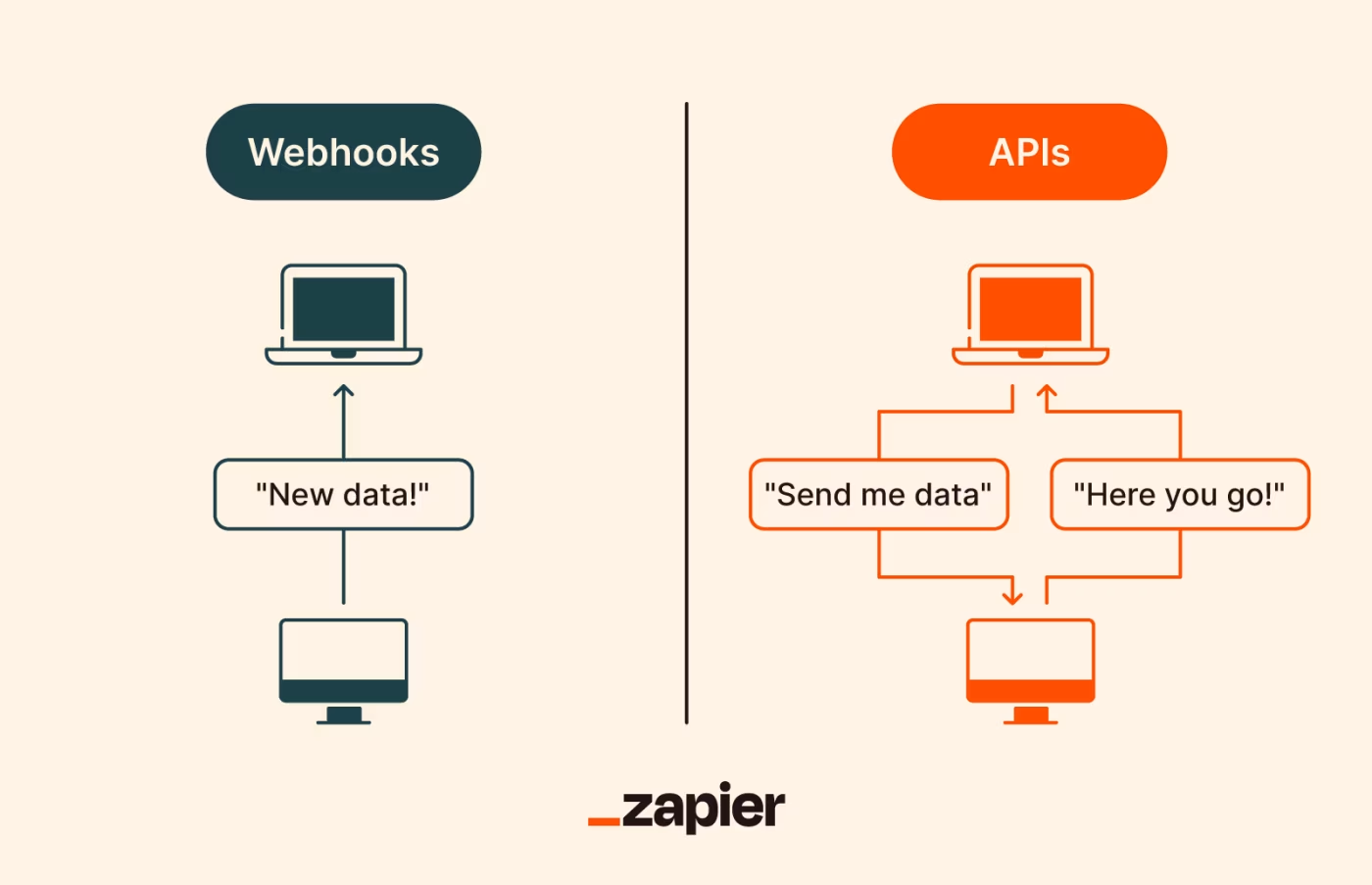
GraphQL
GraphQL is a query language for APIs and a runtime for executing those queries. It's like having a custom menu at the restaurant where you can specify exactly what you want in each dish.
RESTful Concepts
CRUD (Create, Read, Update, Delete)
CRUD represents the four basic operations of persistent storage: Create, Read, Update, and Delete. In a restaurant analogy, it's like the ability to order, view, modify, and remove items from the menu.
Resource
In the context of a RESTful API, a resource is an object or representation of something, which can be accessed using a URL. For instance, in a restaurant, each dish on the menu can be considered a resource.
RESTful
REST is an architectural style for designing networked applications. It's like a set of etiquettes at the restaurant that everyone follows to ensure smooth operations.
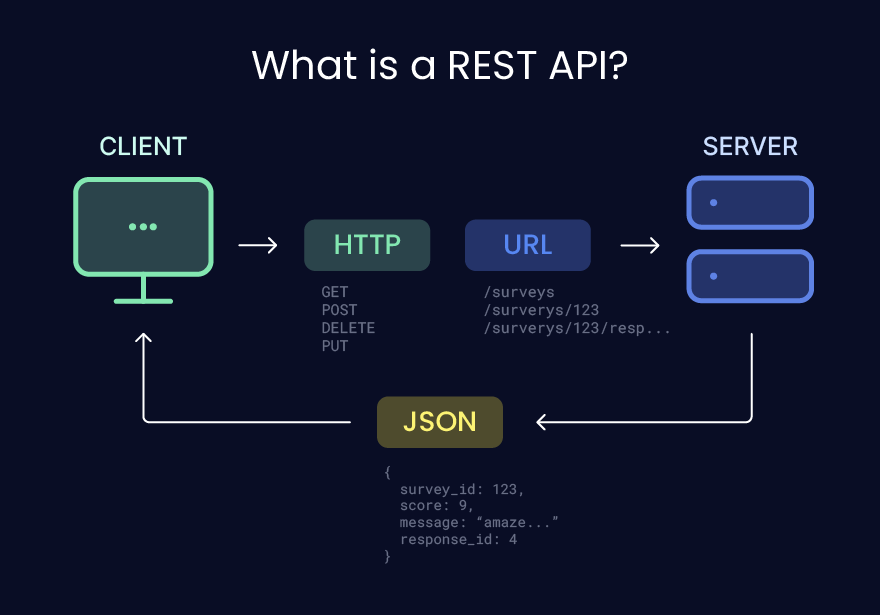
REST (Representational State Transfer)
REST is an architectural style for designing networked applications. It's like a set of etiquettes at the restaurant that everyone follows to ensure smooth operations.
REST VS GraphQL
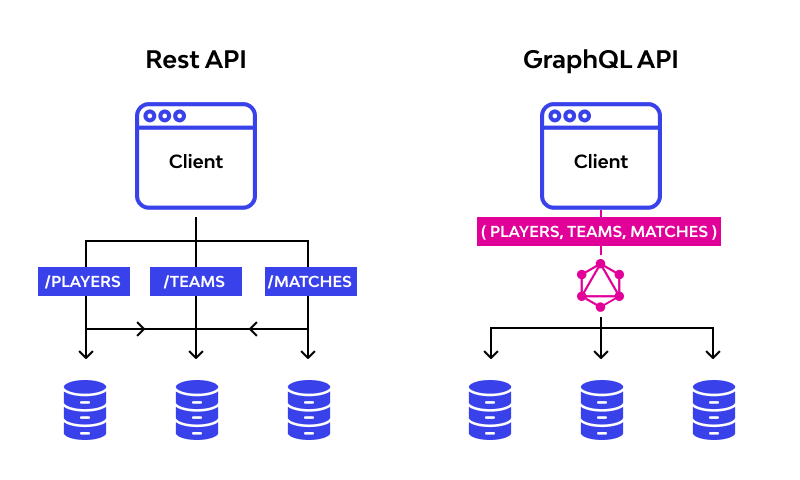
Learn More about REST APIs here
Error Handling
Caching
Caching involves storing the server's response to a request, allowing the same request to be fulfilled more quickly in the future. It's like the restaurant keeping popular dishes ready to serve without having to cook them from scratch every time.

Data Exchange
Deserialization
Deserialization is the reverse process of converting a serialized format back into an object. In a restaurant, it's like unpacking a delivered dish and preparing it for serving.
Serialization
Serialization is the process of converting an object into a format that can be easily stored or transmitted. In a restaurant context, it's like packaging a dish for delivery so that it can be transported without getting mixed up.
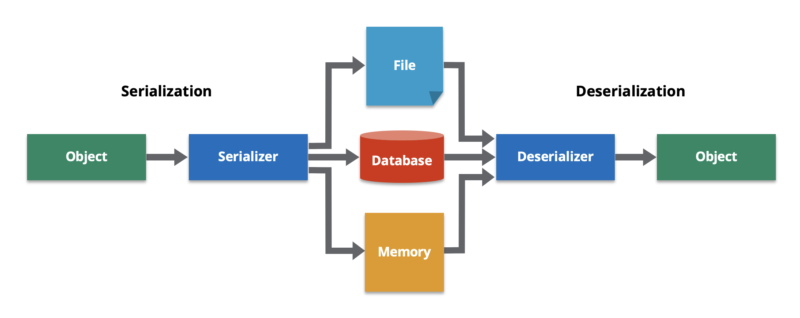
SDK and Specifications
OpenAPI
OpenAPI is a specification for building APIs that provides a standard way to define RESTful APIs. It's like a recipe book at the restaurant, detailing the ingredients and instructions for preparing various dishes.
SDK (Software Development Kit)
An SDK is a set of tools and libraries that developers use to build and maintain software applications. It's like a chef's special toolkit at the restaurant, containing all the essential utensils and ingredients for creating delicious dishes.
WSDL (Web Services Description Language)
WSDL is an XML format for describing network services as a set of endpoints operating on messages. It's like a detailed menu with descriptions of each dish, including ingredients and preparation methods.
SOAP (Simple Object Access Protocol)
SOAP is a protocol for exchanging structured information in web services. In a restaurant analogy, it's like using formal dining etiquette to convey orders and requests to the kitchen.
Feature | SOAP | WSDL |
|---|---|---|
What it is | A protocol for exchanging structured information | A language for describing web service interfaces |
Role in APIs | Defines how data is formatted and transmitted | Describes what operations a web service offers |
Data format | XML | XML |
Focus | Data exchange and communication | Service functionality and definition |
Dependence | WSDL can describe a SOAP web service | SOAP can function without WSDL |
Complexity | More complex due to additional features | Simpler and easier to understand |
Client-Server Interaction
RESTful API Server
A RESTful API server is a program or application that provides access to resources and services via HTTP in accordance with the principles of REST. In a restaurant, it's like the kitchen and serving staff working together to prepare and serve dishes to customers.
RESTful API Client
A RESTful API client is a program or application that consumes services provided by a server using the REST architectural style. In a restaurant, it's like a food delivery service that fetches dishes from the kitchen and brings them to your doorstep upon request.
Web Server
A web server is a software and hardware that uses HTTP (Hypertext Transfer Protocol) and other protocols to respond to client requests made over the World Wide Web. In a restaurant, it's like the kitchen and serving staff working together to prepare and serve dishes to customers.
Protocol Comparison
SOAP vs. REST

SOAP and REST are two different architectural styles for building APIs, each with its own set of characteristics and use cases. It's like comparing a formal dining experience (SOAP) with a casual dining experience (REST), each offering unique dining experiences.
Feature | SOAP | REST |
|---|---|---|
Type | Protocol | Architectural Style |
Focus | Functions/Operations | Data |
Data Format | XML (only) | XML, JSON, Plain Text, HTML |
Flexibility | Rigid, strict standards | Flexible, less strict |
Performance | Slower, larger messages | Faster, smaller messages |
Scalability | More challenging | Easier to scale |
Security | Requires additional layer (WS-Security) | Leverages HTTPS and tokens |
Complexity | More complex to develop and use | Simpler to develop and use |
Remote Procedure Call (RPC)
API Specification
An API specification defines the details and requirements of an API, including its endpoints, methods, parameters, and responses. In a restaurant, it's like a detailed menu with descriptions of each dish, including ingredients and preparation methods.
RPC (Remote Procedure Call)
RPC is a protocol that allows one program to request a service from a program located on another computer in a network. In a restaurant, it's like a customer at one table requesting a dish from a server stationed at a different section of the restaurant.
Cross-Origin Resource Sharing (CORS)
Web Service
A web service is a software system designed to support interoperable machine-to-machine interaction over a network. In a restaurant, it's like the chef and kitchen staff working together seamlessly to prepare and deliver dishes to the customers.
CORS (Cross-Origin Resource Sharing)
CORS is a mechanism that allows many resources (e.g., fonts, JavaScript, etc.) on a web page to be requested from another domain outside the domain from which the resource originated. It's like the restaurant allowing customers to bring wine from outside for a corkage fee.
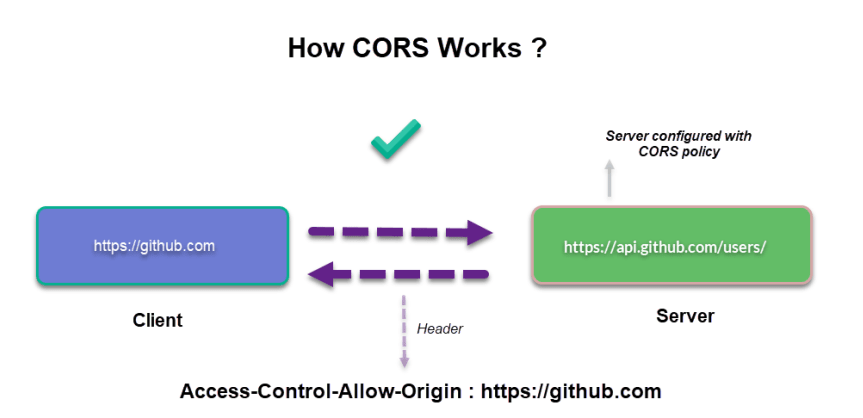
Advanced Communication Patterns
REST vs. RPC
RPC (Remote Procedure Call) is a communication model used in distributed systems, while REST is an architectural style for networked applications. It's like comparing a courier service (RPC) with a social network (REST), each serving different communication needs.
Feature | REST API | RPC API |
|---|---|---|
Design Philosophy | Resource-oriented | Action-oriented |
Focus | Represents resources and their states | Executes remote procedures on the server |
Data Model | Uses resources with URIs (URLs) | Often uses custom data structures |
HTTP Methods | Uses GET, POST, PUT, DELETE (CRUD) | Primarily uses GET and POST |
Data Format | Flexible (JSON, XML, etc.) | Predefined, server-specific |
Decoupling | Loosely coupled, client & server independent | Tightly coupled, relies on specific protocols |
Scalability | More scalable due to its stateless nature | Less scalable due to state dependence |
Examples | Web APIs, online stores | Remote database access, distributed systems |
WebSocket
WebSocket is a communication protocol that provides full-duplex communication channels over a single TCP connection. It's like having a direct hotline to the restaurant's kitchen to place orders and receive updates without delays.
Performance Optimization
Pagination
Pagination is the process of dividing content into discrete pages. In a restaurant, it's like the menu being split into sections, with each page displaying a specific category of dishes.
Rate Limiting
Rate limiting is a technique used to control the rate of traffic sent or received by an interface. In a restaurant, it's like the management setting a maximum number of customers allowed to enter at a given time to avoid overcrowding and ensure quality service.
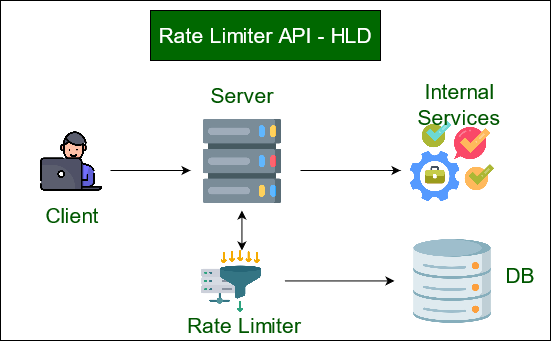
ETag
An ETag is a validation token that can be used to determine whether the content of a resource has changed. In a restaurant, it's like a unique code on each dish that allows the staff to verify if the dish has been modified since it was last served.
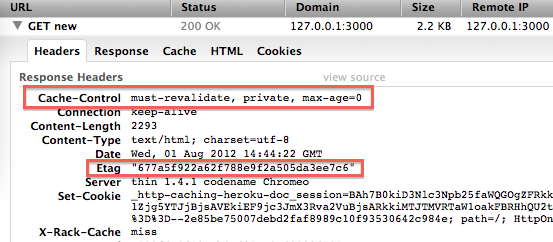
Quality Assurance
- Monitoring: Similar to tracking the number of incoming orders, the time taken to prepare each dish, and the overall resource utilization in the kitchen to understand the restaurant's operations.
- Logging: Capturing detailed logs of each order, including any special requests, cooking times, and any issues encountered during preparation, to aid in troubleshooting and analysis.
- Tracing: Correlating the journey of each order from the kitchen to the tables, understanding the flow of dishes through different stations, and identifying any bottlenecks in the process.
- Alerting: Setting up alerts for the kitchen staff to notify them of any delays or issues in preparing certain dishes, ensuring timely and efficient service.
- Visualization and Analysis: Utilizing visual displays to track the overall performance of the kitchen, analyzing order completion times, and identifying areas for improvement.
To Read More about API Observability and its best practices, check blogs here
API Observability
It is crucial for understanding and optimizing the performance of APIs in production environments. It involves monitoring, logging, tracing, alerting, and visualization to gain insights into the behavior and health of APIs. This practice enables proactive issue resolution and performance optimization.

In the context of a restaurant analogy: Just as in a restaurant, where observability ensures a smooth and efficient dining experience, API observability enables organizations to optimize their APIs, leading to improved reliability and performance for their users.
API Testing
API testing involves testing the functionality, reliability, performance, and security of an API. In a restaurant, it's like the kitchen staff and servers ensuring that each dish meets quality standards before being served to customers.
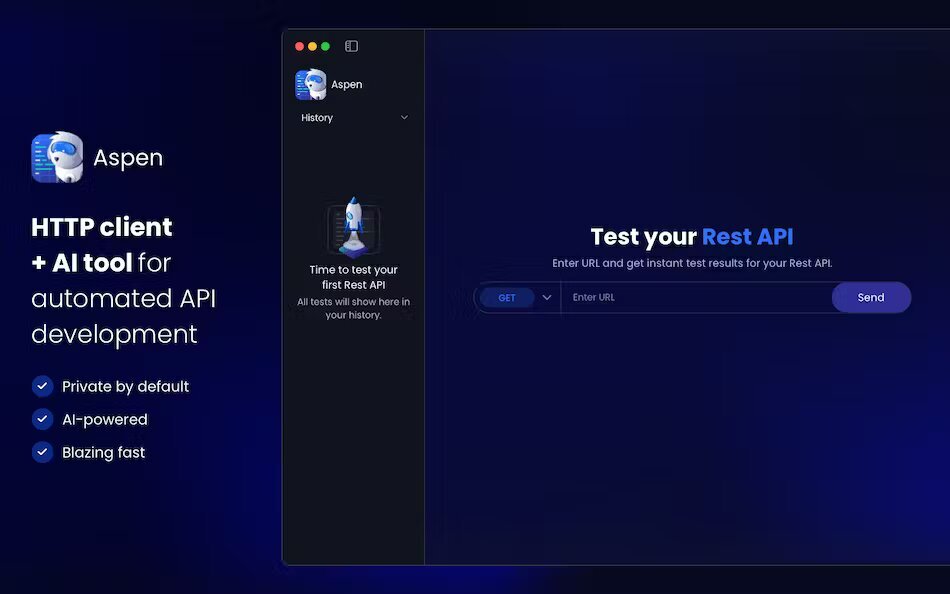
Read about the Comparison blog on different API Testing platforms here.
Advanced Architectures
API Gateway
An API gateway is a server that acts as an API front-end, receiving all API calls and is also responsible for routing them to the appropriate back-end service. In a restaurant, it's like the host or hostess who greets and directs guests to their designated tables.
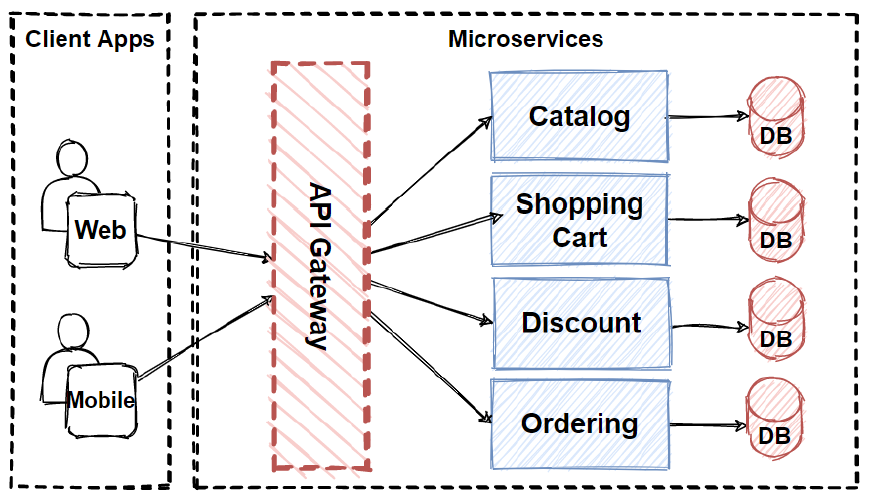
Service Mesh
A service mesh is a dedicated infrastructure layer for handling service-to-service communication. In a restaurant, it's like a network of interconnected pathways used by the serving staff to efficiently transport dishes from the kitchen to the tables.
Scalability Considerations
API Scalability
API scalability refers to the ability of an API to handle increased load and traffic without sacrificing performance. In a restaurant, it's like the kitchen's ability to efficiently prepare and serve a large number of dishes during peak hours without compromising quality.
RESTful Constraints
RESTful APIs adhere to certain constraints, such as statelessness, uniform interface, and caching, to ensure interoperability and scalability. In a restaurant, it's like following specific guidelines and standards to ensure smooth and consistent service for all customers.
Management
API Lifecycle
The API lifecycle encompasses the stages of an API from its creation and design to its deployment, maintenance, and retirement. In a restaurant, it's like the journey of a new dish from its conception in the kitchen to its presentation on the menu, and eventually its removal due to changing tastes.
Collaboration and Governance
API Governance
API governance involves establishing policies, standards, and guidelines for the development and usage of APIs. In a restaurant, it's like setting rules and standards for the kitchen staff and servers to maintain consistent quality and service.

API Ecosystem
The API ecosystem comprises the community, tools, and resources that surround and support the use and development of APIs. In a restaurant, it's like the network of suppliers, chefs, and customers who contribute to the creation and enjoyment of dishes.
API Monitoring and Deployment
API Deployment
API deployment involves making an API available for use, typically on a server or cloud platform. In a restaurant, it's like introducing a new dish to the menu and making it accessible to customers.
API Monitoring
API monitoring involves tracking and analyzing the performance, availability, and usage of an API. In a restaurant, it's like the manager and staff keeping an eye on the kitchen and dining area to ensure that everything runs smoothly.
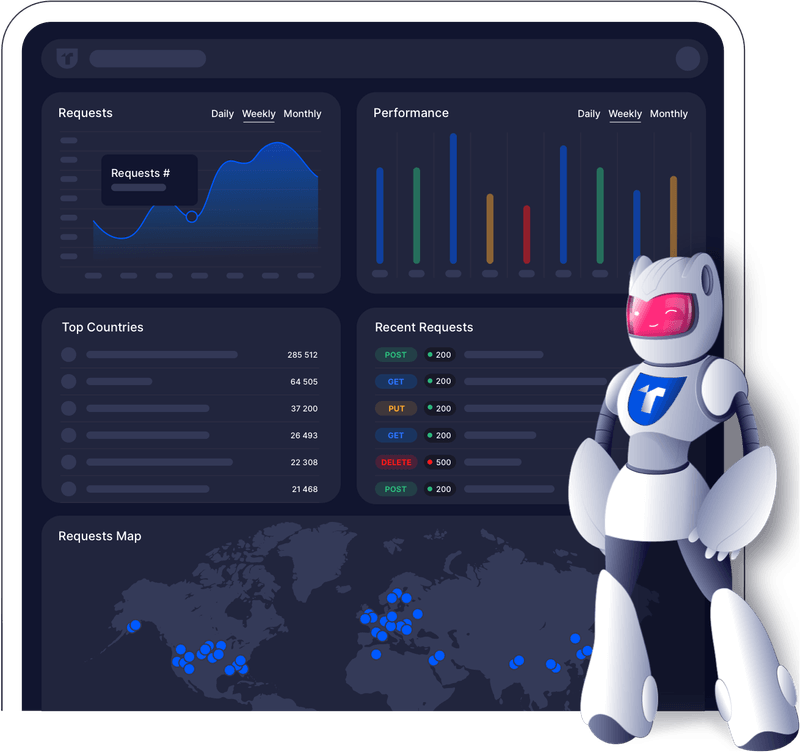
Design Principles
API Design
API design involves planning and creating the structure, endpoints, and functionality of an API. In a restaurant, it's like the chef conceptualizing and crafting a new dish, carefully considering the ingredients and presentation.

Phew!
We've covered a lot of ground, but there's still so much more to explore.
I hope you've found this guide helpful and that it has sparked your curiosity about the fascinating world of APIs. Stay tuned for more exciting adventures in the world of software development!

